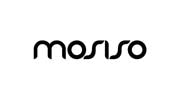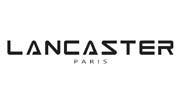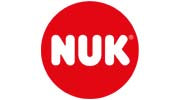What's special about this Pi Zero W? Want to use an external antenna with the Raspberry Pi Zero W? These Raspberry Pi Zero W boards are carefully hand-modified to add a U.FL connector and connect it up. This greatly expands the options for external antennas, and there is no additional dongle needed.
For the greatest flexibility with your plans, these are available as the board only, with an included Molex antenna on the end of a 100mm flexible coaxial cable (Manufacturer part #206994-0100) , or with a panel mount antenna with a +2dBi gain (Manufacturer part #SC0480) . They are also available with or without male headers pins. Does the external antenna provide a better WiFi signal? That depends on the choice of antenna. However, in my testing I've noticed an improvement over the built-in antenna when using even a mildly directional antenna, properly positioned. The largest reason to use an external antenna is if the Pi is being used in a project where the PCB antenna will be obscured (for example, inside a metal enclosure). In that case, using an antenna on the end of a short piece of coax can let you route the antenna onto the outside of the enclosure. What quality assurance (QA) testing is performed? Following the modification, every Pi is tested using a partially automated process to confirm that the new antenna connection is working properly. These are all logged by Pi serial number along with the test statistics to determine a PASS/FAIL state. A QA testing certificate is provided with every individual Pi following a successful PASS. For general raspberry Pi Zero W information, check out the official webpage: https://www.raspberrypi.org/products/raspberry-pi-zero-w/ For information on the 100mm antenna (if you select an option that includes an antenna), check out the manufacturer's webpage: https://www.molex.com/molex/products/part-detail/antennas/2069940100 For information on the panel mount antenna, check the product brief: https://datasheets.raspberrypi.org/cm4/cm4-antenna-kit-product-brief.pdf
Returns accepted for this item if it's within 30 Days









